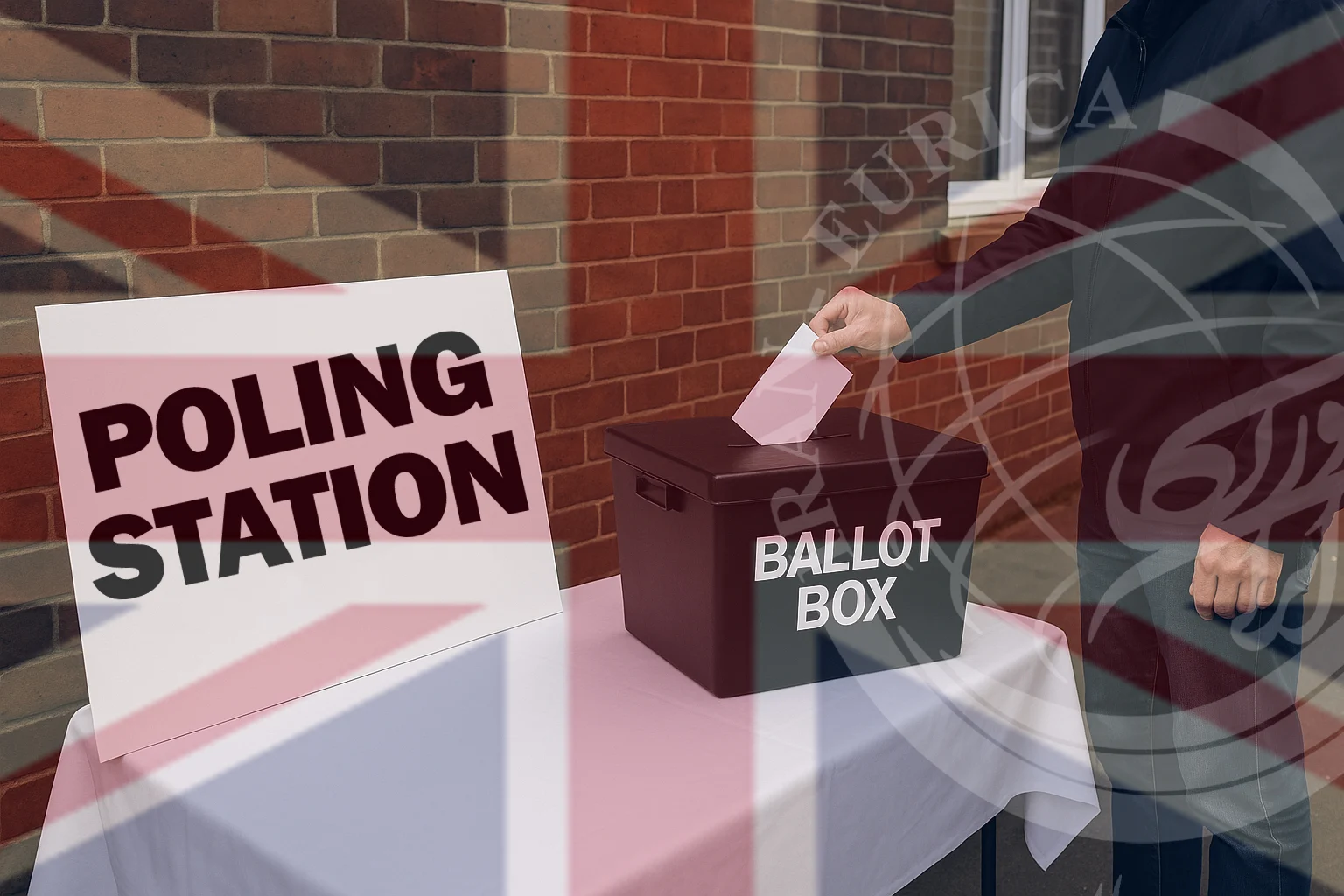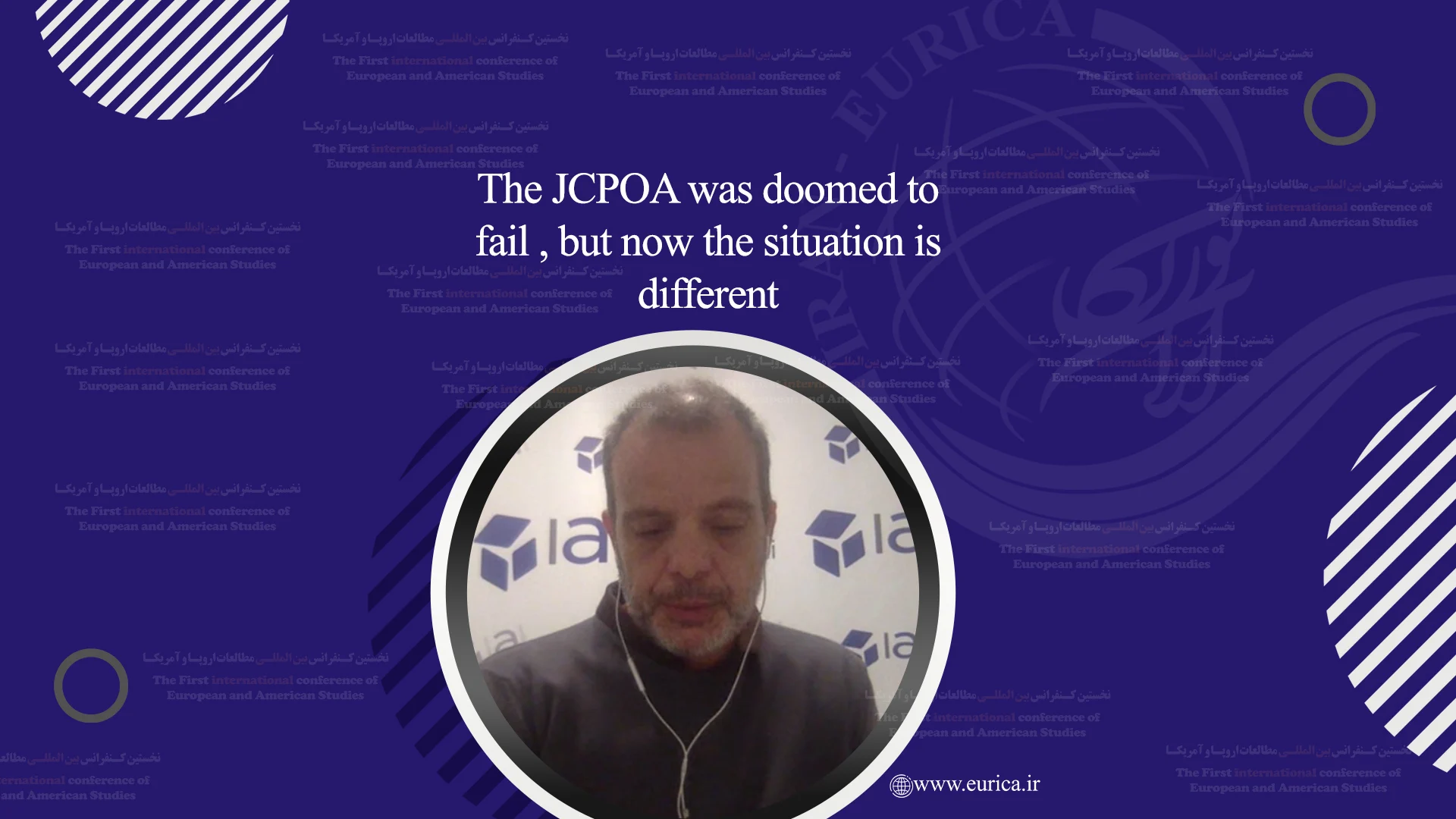A Fracture in UK’s Traditional Political System: The Rise of the Reform Party and the Erosion of the Labour-Conservative Dichotomy
The backbone of the May 1st local elections was the contest to determine representatives for 24 various types of local councils across England. These local elections operate on a four-year cycle; they are not held nationwide in a single round, but instead occur at different times across different councils within the election cycle. For instance, this year’s local elections were held to fill only 1,641 council seats, while the total number of local council seats in Britain exceeds twenty thousand.
Additionally, on May 1st, elections were held for six mayoral positions, along with a parliamentary by-election for the Runcorn and Helsby constituency. This by-election was held after the resignation of a Labour MP, who was forced to step down due to intense public backlash following an assault on a constituent.
The results of the May 1st elections indicated a significant surge in public support for the right-wing Reform Party led by Nigel Farage. The party not only won outright in ten council areas but also clinched the Runcorn seat in the House of Commons by a narrow margin of just six votes. May 1st proved to be a disappointing night for both Conservatives and the Labour party, although there were early signs of relative success for smaller parties such as the Liberal Democrats and the Greens. The table below outlines the performance of the main parties in the May 1st elections:
|
Party |
Seats Won | Councils Gained | Councils Lost |
| Reform | 677 | 10 | 0 |
| Liberal Democrat | 370 | 3 | 0 |
| Conservative | 319 | 0 | 16 |
| Labour | 98 | 0 | 1 |
| Independent | 88 | 0 | 0 |
| Green | 79 | 0 |
0 |
Three key points should be noted regarding this year’s local elections:
- The Reform Party outperformed expectations, surpassing the 25% support predicted in national polls in many electoral districts.
- New evidence emerged suggesting a gradual shift in the UK’s political landscape away from the traditionally binary system dominated by the Labour party and Conservatives.
- The Reform Party is now striving to supplant the Conservatives as the main right-wing political force competing with the Labour party.
Before drawing any conclusions, certain caveats must be acknowledged. The UK political landscape has experienced similar moments before. In 2014—when Farage still led UKIP—and again in 2019—under his leadership of the Brexit Party—his party won the most seats in the European Parliament elections. In both instances, there was widespread speculation about a political rupture in British political climate, but in subsequent general elections, Labour and the Conservatives once again secured the vast majority of parliamentary seats.
Ultimately, more than four years remain until the next general election, and during that time, numerous domestic and international developments could fundamentally reshape Britain’s electoral landscape. Nevertheless, there is strong evidence that traditional loyalty to the two main parties is unraveling. Farage now aims to leverage these results as a springboard to displace the Conservatives and ultimately triumph in future parliamentary elections. However, he faces major obstacles—including the absence of an effective electoral apparatus within his relatively new party, and the unique British electoral system, which makes outright success for a newcomer exceedingly difficult.
Most crucially, for the first time, the Reform Party now faces the challenge of governing councils and municipalities—meaning the party will henceforth be judged not only by its rhetoric but by its actual performance. Farage is also contending with fallout from Rupert Lowe, one of the five Reform MPs elected last July, who has now filed a defamation lawsuit against Farage.
Meanwhile, Labour MPs are debating the lessons to be drawn from the election results. Some argue the party must adopt stronger stances on issues like immigration to counter the Reform Party’s rise. Others worry that young progressive voters are shifting towards the Greens or, in some cases, the Liberal Democrats.
For the Conservatives, the devastating council losses increase pressure on their relatively new leader, Kemi Badenoch, who has performed weakly since assuming leadership late last year.
Statistical Analysis of the Elections: Record Lows and Increasing Vote Fragmentation
If something like a “decisive victory” exists in local elections, the Reform Party could easily claim to have achieved one in 2025. Of the 1,641 available seats, Nigel Farage’s party won 677—more than 41% of all contested seats. The Liberal Democrats came second with 370 seats. Notably, only a quarter of contested seats went to the two main political parties. The Conservatives won 319 seats—losing 677—and Labour won just 98, marking a loss of 189 seats.
A look at constituency-level results reveals that voting patterns in 2025 differed significantly from those in any previous local election. Disaggregated data confirms that the 2025 elections broke historical records. The most evident political implication of these records is the erosion of the traditional dominance of the Conservative and Labour parties, which have ruled British politics for a century.
Evaluating the Elections by Main Party Vote Share
One way to assess this shift is by analyzing the main parties’ combined vote share. Based on an analysis of 1,282 constituencies in the 2025 local elections, the average vote share of Labour and the Conservatives combined was just 36.8%—the lowest since Labour emerged as a major party. Until now, this figure had never fallen below 50%. The 2025 number is a full 20 points lower than the previous record of 56.9%, set in 2013 due to UKIP’s strong performance.
Evaluating the Elections by Winning Party Vote Share
Another metric is the vote share received by the winning party in each constituency. A high percentage suggests broad support; a low percentage indicates victory with limited backing. In the UK’s “first-past-the-post” system, only a plurality—not a majority—is required. Even by this measure, the 2025 elections set a modern record low, with the average winning vote share at just 40.7%—meaning three out of five voters did not support the winning party. Similar patterns were last seen during UKIP’s rise in 2013–14, prior to the Conservatives’ promise of an EU referendum. Notably, in July 2024, the average vote share for the winning party in the general election also fell below 40%—the first time in 30 years.
Analyzing the Majority Margin in Each Constituency
Further evidence of increasing electoral fragmentation comes from the average winning majority margin, which in 2025 stood at 11.6%—the lowest since records began in 1914. The closest historical comparisons are the elections of 2005 and 2013.
Analyzing the Effective Number of Parties
Lastly, we can analyze the “effective number of parties” per constituency—an indicator of how many parties genuinely influenced the outcome. A high number means multiple parties had meaningful support. Unsurprisingly, 2025 saw the highest average effective number of parties in local election history, with a figure of 3.35. Only twice before had this number exceeded 3, one of which was in 2013 (3.02).
Undoubtedly, the ongoing divergence—manifested in increasing electoral fragmentation—is driven by declining voter loyalty to traditional parties. While this may intensify electoral competition, it also dampens voter turnout. Britain’s electoral system is designed to produce strong governments at all levels. For decades, Labour and the Conservatives secured overwhelming majorities, thereby dominating parliament. However, absent fundamental reform by these parties, the UK may be headed for a transformative political shift.
Analysis and Assessment
The May 1, 2025, local elections mark a foundational shift in British voting behavior and highlight the deepening erosion of the country’s two-party system. The Reform Party’s unprecedented success—while posing a serious threat to the Conservative Party’s traditional dominance on the right—must be seen more as a consequence of Conservative failures than Reform’s strategic genius. The party’s 677-seat win stemmed more from the Conservatives’ inability to implement internal reforms, keep promises, or present a charismatic leader. Kemi Badenoch’s appointment as party leader was intended to attract traditional Labour-voting immigrant communities. But the Conservatives’ insistence on such tactics not only failed to win over immigrants, it also alienated core Conservative voters and pushed them toward Reform. At the same time, Labour’s inability to fulfill its election promises over the past year has driven segments of British society to seek an alternative that is bolder, more aggressive, and in some cases, anti-establishment.
The steep decline in major party vote shares, the low winning percentages, and reduced majority margins all provide quantitative evidence of Britain’s growing public disaffection and polarization. Yet, caution is warranted when predicting the country’s political future. While Reform has established itself as a significant force, it still faces major challenges—lack of internal cohesion, pressure from the first-past-the-post system, and limited experience in governance.
At this juncture, it appears that unless the traditional parties can unite or reframe their political narratives, Britain is on course for a more fragmented political environment and increasingly unbalanced parliaments. Nonetheless, it is still premature to confidently claim that Reform will soon overtake the Conservatives as the dominant voice of the right.




